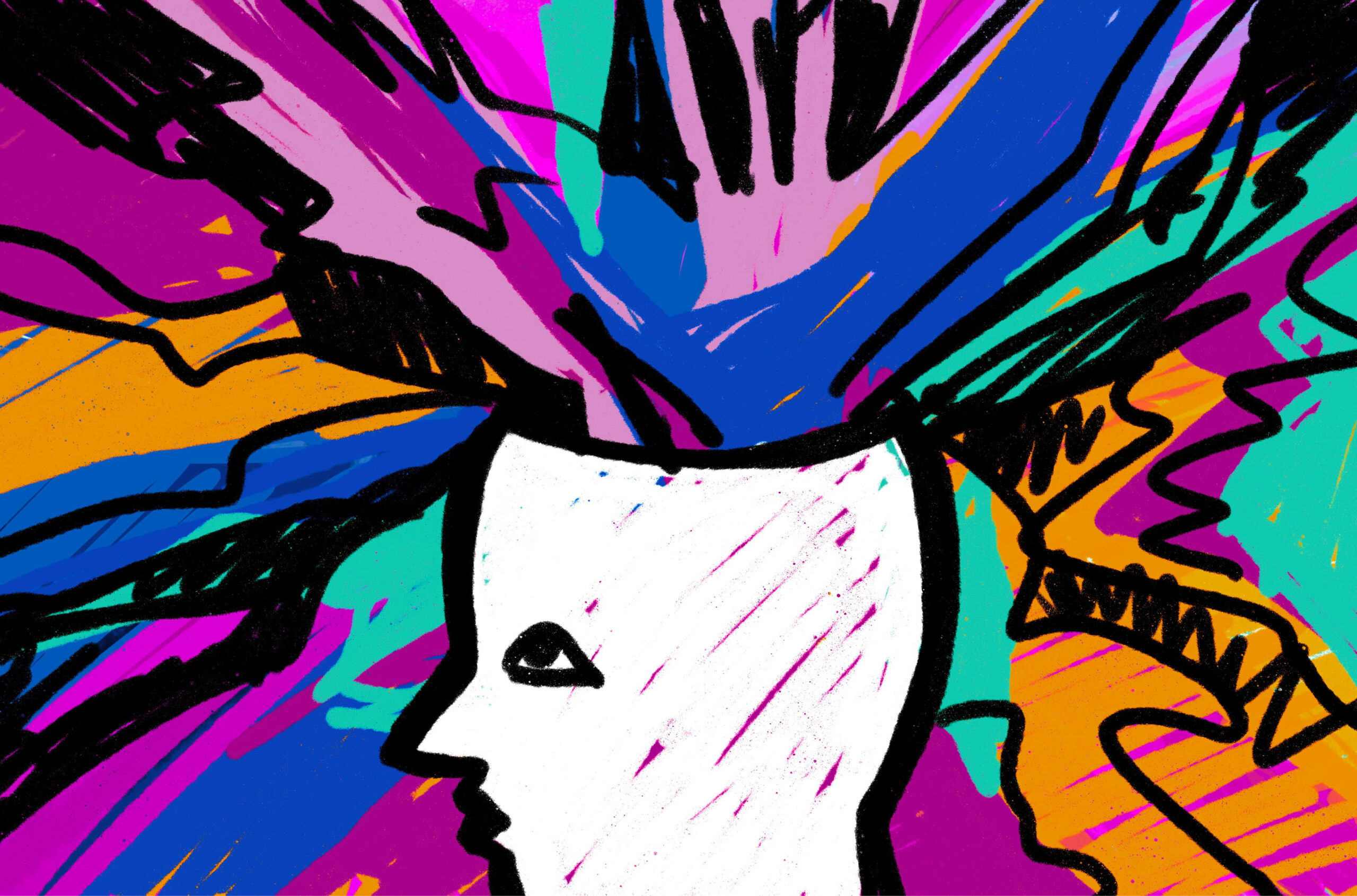Be well. Be yourself.
Post-secondary students may experience psychological challenges as they attempt to discover their true selves.

The importance of developing identity
University life offers a wealth of opportunities for people in their late teens and twenties, but young adults are also highly vulnerable to mental health problems. International studies show that 62.5 per cent of mental health disorders first appear in people under age 25, and in the 2019 National College Health Assessment, 33 per cent of Canadian students reported experiencing psychological difficulties that required professional support.
Some of these problems may be explained by difficulties that young adults experience in forming their identities and finding their purpose. The season of life between the ages of 18 and 29 is characterized by exploring one’s identity. But without a clear purpose in life to motivate their pursuit of rewarding studies, students may become anxious and demoralized. According to Stanford University professor of education William Damon, stress isn’t the biggest problem today’s youth are facing; it’s lack of purpose.
The true self: paving the way to well-being
One way to help students build their identity and sense of purpose is to help them discover their true self. The true self is made up of an individual’s talents, strengths, values, passions and personal goals. This authentic version of the self exists independently of outward appearances and external factors like social pressures.
The true self is an ideal, an objective that can provide guidance and direction. The positive feelings we experience when we do things that reflect our true selves tell us that we’re on the right path. People who make decisions based on feelings about who they really are report higher levels of satisfaction. This may explain how the “true self” promotes well-being.
Three principles for developing your true self
Studies indicated that there are three main pillars of self-development.
The first pillar entails discovering, accepting, and celebrating your true self. This can be achieved through introspection and self-reflection: exploring your values, discovering what gives you purpose, and answering questions like “Who am I?” and “Why am I here?” Writing exercises and empathetic discussions can help support this introspection. Mindfulness could be another way to develop your true self, while revisiting difficult life events can also support reflection. How did these events inform what is important to you?
The second pillar involves developing the courage to be and express your true self. Courage enables you to take action toward a meaningful goal in the face of risk and fear. Being your true self carries many risks, including the judgments of others, social exclusion, and reprisal from authority. One study showed that courage helps students to act with authenticity, while others found that students who showed resilience or self-compassion during an adverse event displayed higher levels of authenticity. The second pillar can also be achieved by cultivating autonomy — by following your heart instead of acting on external pressures. This can mean expressing yourself artistically (for example through writing, theatre, or visual arts) or embarking on life experiences such as postsecondary education or travel. These experiences are freeing and can go a long way toward helping young people discover their true selves.
The third pillar is to cultivate an environment that accepts, values and supports your true self through caring social relationships. The key ingredient is emotional security: feeling that people around us accept, support, understand, value and defend who we truly are. It’s also helpful to have positive role models — people who live authentically and aren’t overly concerned about others’ opinions, who have unusual hobbies, reject gender norms, or have overcome challenges in search of a better life. This pillar may also include an academic culture that values authenticity. This can take the form of clear messaging that student identities and values are important. Authority figures who encourage students to be themselves, express their opinions, and pursue their interests and passions (for example, in their research projects) contribute to this culture.
Supporting students in their self-discovery can promote mental health and academic perseverance during a period of life characterized by identity exploration. The first two pillars for developing one’s true self are the individual’s responsibility — that is, to discover and actualize one’s true self. The third speaks to a responsibility we all share to create an environment where being oneself is safe and valued. Now, you’ll know what to do the next time someone tells you to be yourself!
To learn more:

This article is part of a monthly series on student mental health in higher education supported by OSMÉ
Featured Jobs
- Architecture - Assistant Professor (environmental humanities and design)McGill University
- Finance - Faculty PositionUniversity of Alberta
- Medicine - Associate or Full Professor Professor (Kidney Health)Université de Montréal
- Sociology - Tenure-Track Position (Crime and Community)Brandon University
- Engineering - Assistant or Associate Professor (Robotics & AI)University of Alberta










Post a comment
University Affairs moderates all comments according to the following guidelines. If approved, comments generally appear within one business day. We may republish particularly insightful remarks in our print edition or elsewhere.